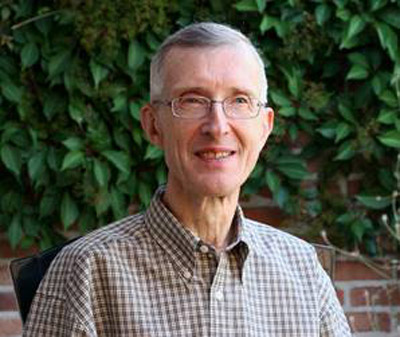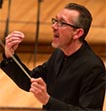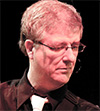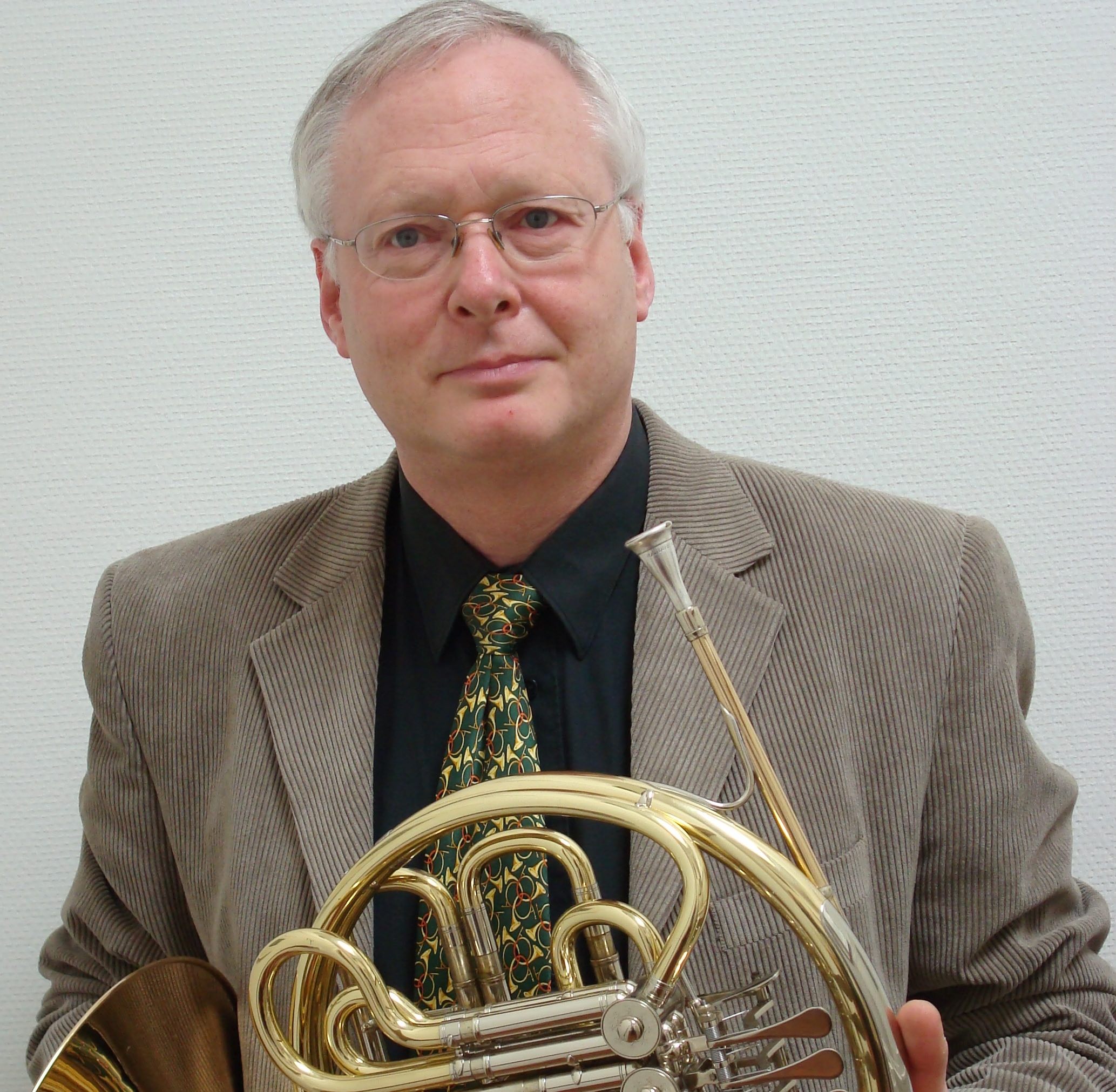Raymond Decancq

Raymond Decancq was born in Roeselare on December 1, 1935, and passed away on December 17, 2023. He grew up as the eldest son in a family of three children, attending the former Rijksmiddelbare School in Roeselare. His musical journey began at the Roeselare Municipal Academy of Music and Word, "Adriaan Willaert," where he received his first prize for piano in 1955 and, five years later, a first prize for harmony. He then continued his education at the Royal Conservatory of Music in Ghent, obtaining his first prize in music theory in 1968. In 1969, he earned a teaching diploma in musical education through the Central Examination Board in Brussels.
Following the footsteps of his great-grandfather, grandfather, and father, Raymond practiced the profession of tailor from 1950 to 1968. During this period, he was also a semi-professional pianist in various entertainment orchestras, including a tour in former Belgian Congo with Sabena. From 1960 to 1983, he conducted the Roeselare socialist harmony 'Door Strijd naar Kunst.' From 1968 to 1995, he served as a music education teacher in schools in Tielt, Kortrijk, Poperinge, Diksmuide, and Roeselare. Simultaneously, he was a teacher and pedagogical coordinator of general musical education at the Roeselare Municipal Academy of Music and Word, "Adriaan Willaert." He retired in 1996.
As a composer and member of SABAM, he was the treasurer of Jeugd en Muziek Vlaanderen, Roeselare division, and was also active in the choir Sint-Germanus of Beveren near Roeselare. Decancq began composing at a young age, but it wasn't until his retirement that he could fully devote himself to it. A consistent theme in his compositions is the concise nature of his music, devoid of unnecessary embellishments, focusing on the essence. In his vocal compositions, the text serves as the primary source of inspiration, but his work is also characterized by broader musical influences such as Igor Stravinsky in his 'Capriccio' for winds and percussion or Arthur Honegger and Béla Bartók in 'Two Contrasts.' This illustrates that he wasn't an experimentalist but rather drew inspiration from established names, giving them a personal touch and a different musical dimension.
 Nederlands
Nederlands 



